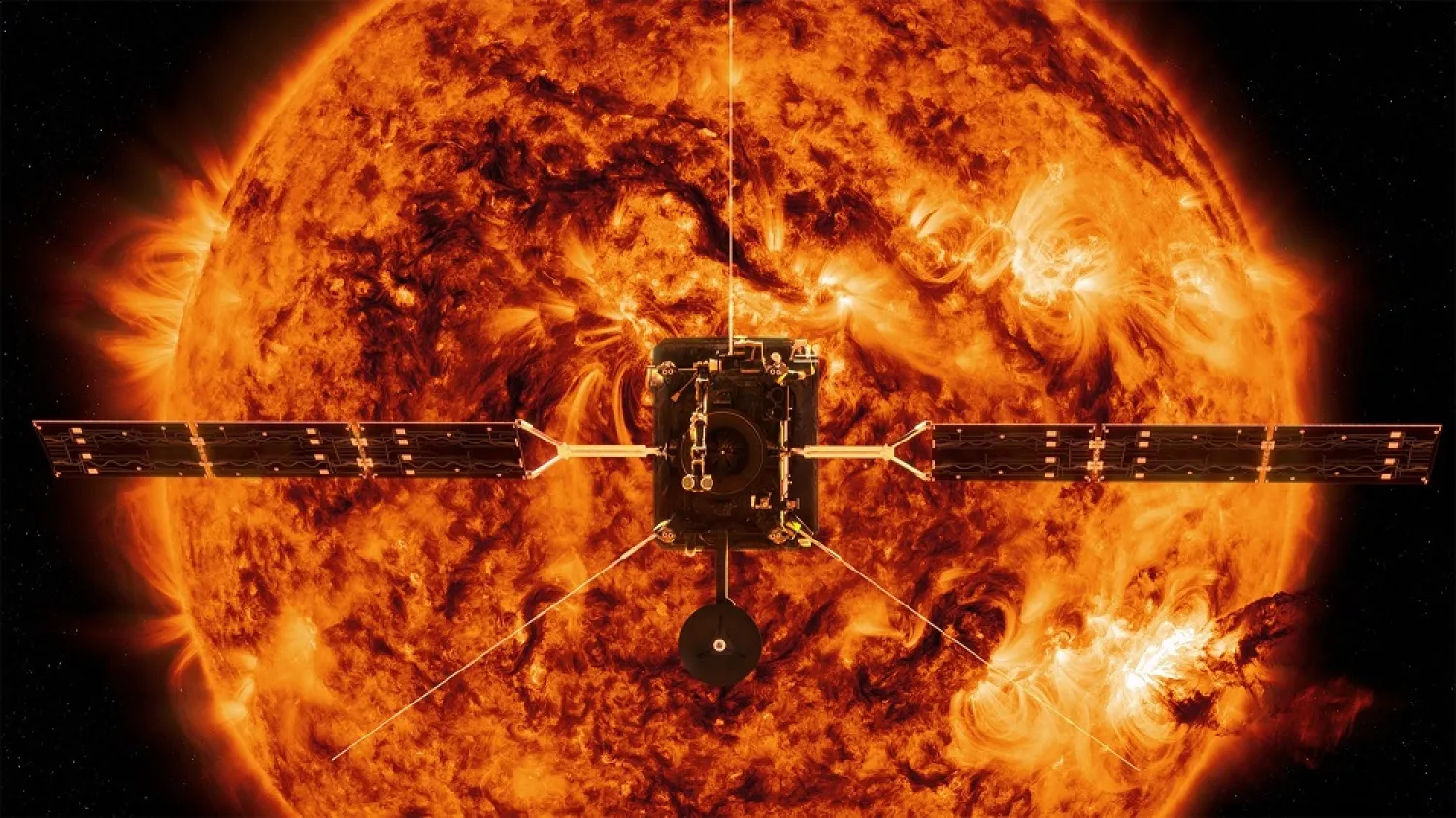At 4.65 billion years old, our Sun is a middle-aged star. Scientists are often curious to learn exactly what properties enabled our Sun, in its younger years, to support life on nearby Earth.
Satisfying this curiosity might seem impossible at first, but luckily, scientists found a time machine that transported them back billions of years. It’s a planet from the Milky Way galaxy, they announced in the Astrophysical Journal on August 4.
For their research, the scientists chose Kappa 1 Ceti, a star located about 30 light-years away (in space terms, that’s like a neighbor who lives on the next street over) and is estimated to be between 600 to 750 million years old, around the same age our Sun was when life developed on Earth. It also has a similar mass and surface temperature to our Sun. All of those factors make Kappa 1 Ceti a “twin” of our young Sun at the time when life arose on Earth, and an important target for study.
Younger stars, like Kappa 1 Ceti, tend to generate hotter, more vigorous stellar winds and more powerful plasma eruptions than older stars do. Such outbursts can affect the atmosphere and chemistry of planets nearby, and possibly even catalyze the development of organic material, the building blocks for life on those planets.
“What happens in this young star, happened in the Sun in its younger years. Now, it shot out more intense high-energy radiation and particles, which are sometimes visible near the planet’s poles as aurora, or the Northern and Southern Lights,” said senior author Vladimir Airapetian in a report posted on the NASA’s website.
“These tremendous lights were likely often visible from many more places around the globe. That high level of activity in our Sun’s nascence may have pushed back Earth’s protective magnetosphere, and provided the planet with the right atmospheric chemistry for the formation of biological molecules,” he added.







